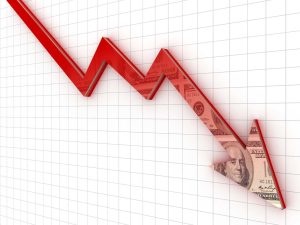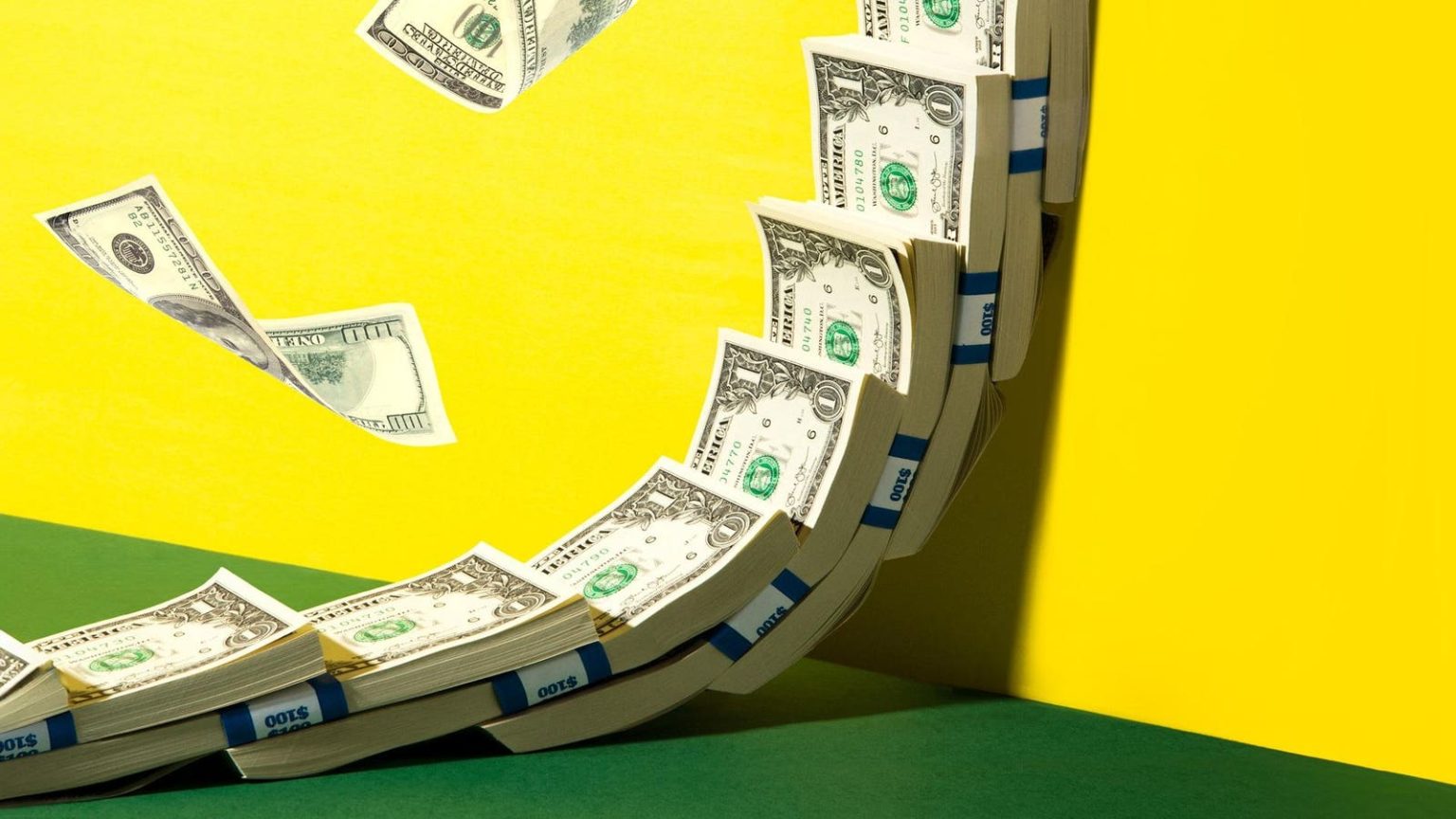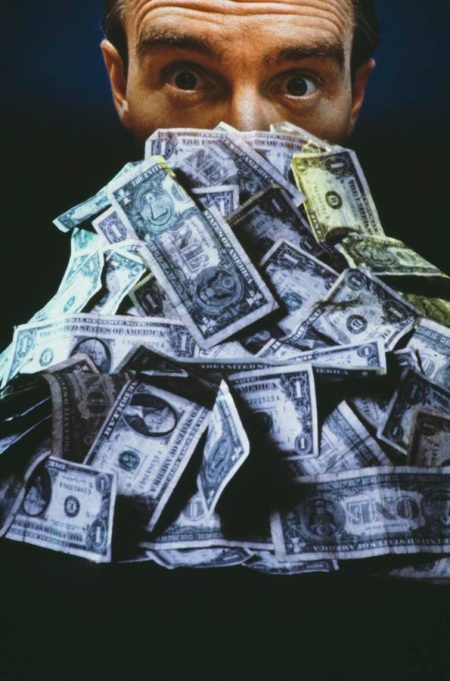If you expect fabulous returns to continue, you’re likely to be disappointed. Look closely at the data and you’ll see why.
By William Baldwin, Senior Contributor
Emerging market stocks will beat U.S. stocks. Junk bonds will beat high-grade bonds. Inflation will be 2.5%.
Prognostications from the market seers. Big financial institutions put out what they call capital market assumptions. The experts are in close agreement about some things, such as the points about emerging markets, junk and inflation. They are all over the map on what you can expect from the richly priced U.S. stock market but in agreement that returns there will be rather less than what you’re used to.
Understand, first, what is meant by an expectation. It is not the prediction of a specific result, like who’s going to win the NCAA championship. It is the midpoint of a bell curve of probabilities. Uncertainty is built in.
In this exercise a financial firm’s purpose is not for its clients to time the market, an impossible task, but rather to let them make long-term plans. If you are banking on a great investment return to cover your retirement, you need to pay attention.
The most important revelations are about the potential returns from stocks. A naïve take on investing looks at past results—a 9.4% average annual real return over the past 10 years on U.S. stocks—and projects more of the same. But one of the reasons for the handsome past return is that the market’s average price-to-earnings ratio has gone from a modest level to an unusually high one.
What would it take for the market’s magnificent return of the past decade to repeat itself? An analyst at AQR Capital Management recently did the math. Even if earnings speed ahead at an unlikely 6% rate above inflation, he found, the market’s ratio of prices to earnings would have to reach an outlandish level never before seen, higher even than during the tech bubble of 2000. Could happen. Probably won’t.
Following here is a sampling of Wall Street forecasts, followed by a fine dissection of one method for estimating future stock returns. Throughout, the numbers are for real total returns, meaning with dividends included and inflation subtracted. There’s no allowance for taxes or portfolio management costs.
U.S. STOCKS
Annual returns from large U.S. companies, as projected by various experts.
There’s quite a dispersion of opinion on this topic.
These forecasts vary in their time horizons (7 or 10 years for some, nothing specified for others, 20 years for Fidelity). They vary somewhat in how recently they have been updated and in what market segment is covered, but in most cases it’s aligned with the S&P 500 index of large companies.
The entry at the top is from a lone Morningstar analyst, John Rekenthaler, included because this outlier injects a note of optimism and because he makes a good case for his conclusion. The collective earnings of corporations will plod ahead at the 2% growth rate of the economy, he says in a recent essay. Shareholders will gain another 3.5% from a combination of share buy-backs and cash dividends. He assumes that price-to-earnings ratios, while high by historical standards, will stay where they are.
The firm at the bottom, founded under the name Grantham, Mayo, Van Otterloo, is quite the sourpuss. Its reasoning: P/E ratios are destined to revert to historic norms, and when they do they will drag stock prices down. This Boston money manager’s pessimism has cost it a lot of clients in recent years. But every now and then GMO is spectacularly right. It called the tech bubble and before that the absurdity in the Japanese stock market of the late 1980s.
Research Affiliates is a Newport Beach, California money manager known for value-tilted portfolios (more Exxon Mobil, less Nvidia). To arrive at its number it adds to a 1.4% dividend yield a 2.6% growth in earnings per share offset by a shrinkage in P/E ratios of like amount.
The 3.3% entry in the middle comes from the market’s earnings yield, which is the inverse of the P/E. How an earnings yield drives returns is explained at the end of this survey.
HIGH-GRADE BONDS
Experts’ expectations for total returns on U.S. fixed income, exclusive of junk.
Fidelity’s seers are in a safe spot, since their horizon is 20 years and the return on inflation-protected Treasuries over that period is known in advance: just under 2.1%.
The other firms are describing nearer-term results from an aggregate bond universe that includes some long-term bonds and a lot of bonds that will be redeemed and replaced. For the aggregate, a change in expected inflation or real interest rates could push a portfolio’s return away from yields seen today. Schwab is expecting a pleasant surprise in rates, GMO an unpleasant one.
INFLATION
Projections of long-term annual gains in the CPI.
The bond market issues its own opinion about future inflation and forecasters don’t stray far from it.
Twenty-year Treasury bonds of the conventional sort pay 4.6%. Twenty-year Treasuries with inflation protection pay 2.1%. The difference is 2.5%. From this subtract a bit for a risk premium that holders of conventional bonds pocket as their reward for bearing uncertainty about future inflation. You have, then, a market forecast of 2.4% or so for average inflation between now and 2044. The experts are only slightly more pessimistic.
JUNK
Expectations for long-term real returns from what are politely known as high-yield bonds.
The portfolio of the JP Morgan Beta Builders High Yield Corporate Bond ETF yields 7.8%. What are you going to make from it?
First, subtract from that coupon yield your expected capital losses. These come primarily from defaults, which typically result in a recovery of 50 cents or less on the dollar. Then there is the subtle damage from bond covenants, which mean that bonds of companies that become prosperous get called away, leaving you with a concentrated brew of bonds from unhealthy companies. A white paper from JPM estimates capital losses at 1.5% a year.
Now subtract inflation of 2.5% and the fund’s overhead of 0.15%. You’re left with 3.7% or so as an expected return.
That compares with the 2% on offer from 10-year inflation-protected Treasury bonds. Junk buyers get paid, albeit not lavishly, for tolerating uncertainty.
EMERGING MARKETS
Expectations for the stocks from China, India, Brazil and other sketchy places.
Put some of your money in emerging markets, say the solons. There, growth is high and stock prices are low.
We’ve heard this before. The words from a London money manager quoted here sympathetically in 2012: “Fifty percent of the economic activity on the planet is in emerging markets. If you have 100% of your portfolio in the developed world you are taking a gamble.”
And then what happened? Over the past decade Vanguard’s FTSE Emerging Markets ETF has earned 0.7% a year net of inflation, not even a tenth as much as the U.S. market.
Much can go wrong overseas: expropriations, taxes, runaway inflation. Perhaps the biggest drag is what might be called the China syndrome, the tendency for economic growth to be enjoyed mostly by workers, consumers, the government and insiders, leaving little for public shareholders.
But perhaps the experts will be right this time about emerging stocks outperforming.
Stock Returns: A Formula
We’ll now address a question left unanswered at the beginning of this article: Where does an expected return come from?
Some market analysts add, to the dividend yield on stocks, an estimate of capital appreciation based on gains in GDP. Others forecast corporate earnings several years out, then make an assumption about future price-to-earnings ratios. Yet another method involves discounting a stream of dividend payments.
Here’s a fourth approach: Focus on the earnings yield. This method is very different from the ones used by the usual Wall Street experts, but arrives at a number not too far from the mainstream. Using it, I predict that over the next 40 years stocks will earn a real total return of 3.3% a year.
If that’s what happens, the dollar you put into stocks now, at age 30, will buy you $3.70 of purchasing power when you spend it at age 70. Such a return is decent, but nothing like what today’s retirees enjoyed over their careers. Since 1984 the market has earned 8.6% a year.
My 3.3% figure assumes that today’s lofty multiple of 26 times trailing earnings remains on a permanently high plateau. That would be a break with the historical pattern. Over the past century the market’s average P/E has averaged just over 14.
S&P TOTAL RETURN
A reinvested unit of the S&P 500 index would have grown in market value at a steep 7.5% rate over the past century (blue line). A constant multiple of average earnings over rolling 10-year intervals (orange) has a less exuberant slope.
That century of meager multiples translated into high returns, displayed in the blue line of the graph. Why? Let’s look at the arithmetic, using, throughout, inflation-adjusted dollars.
The P/E multiple over the past century has a harmonic mean of 14.4. Rounding off, that’s equivalent to an earnings yield of 7%. That is, an average corporation was delivering $7 of earnings for every $100 invested in it. Now, temporarily make a simplifying assumption: that if none of its profit were reinvested, a corporation’s earning power would not diminish. What might be done with the $7?
If the entire sum were disbursed as dividends, a shareholder could use the money to buy more shares. If the earnings stay put and the P/E stays put, the share price remains constant. The investor’s share count grows at a 7% annual rate. His wealth grows at the same 7%. Key point: Earnings yield = shareholder return.
What if the corporation pays no dividend? It reinvests the $7. It could use the money to buy more factories and railcars yielding the same 7% return, or it could buy shares in another corporation and get a 7% return on that investment, or it could buy in its own shares for a 7% return. With any of these its earnings compound. All three strategies are going on at Berkshire Hathaway, the only difference from our example being that these days Warren Buffett would be hard pressed to find good businesses to buy at 7% earnings yields. He settles for less.
The arithmetic remains the same when the corporation rather than the shareholder is doing the reinvesting. Earnings yield = shareholder return.
Now, it turns out to be not quite true that corporations can plow back nothing and still maintain their earning power. They have to reinvest 14% of profits to stay in place.
More precisely: A hypothetical investor buying stocks in 1924, reinvesting the dividends in more shares but then cashing in enough shares to extract each year’s corporate earnings, would have wound up today with greatly diminished assets. However, leaving 14% of each month’s earnings in the pot would have been just enough to keep the earning power intact.
The S&P 500 trades at 5000 and its constituents earned a collective $191 last year per index unit. Haircut the earnings by 14% and you get a $168 economic yield on a $5,000 portfolio. That’s 3.3%. If P/Es stay put that’s all you can expect from stocks.
What would happen if P/Es collapsed next week to their historical level? That would create misery for a retiree just now selling shares in order to pay for groceries. But it would be, paradoxically, a bonanza for someone investing over a long horizon. It would mean that a portfolio’s earnings compound at a faster rate, more than making up for the initial damage.
If the market’s P/E collapsed to its historical average and then stayed low for 40 years, a dollar invested just before the crash would sink but eventually recover. The investment would turn into $6.40 of purchasing power in 2064 rather than $3.70.
This analysis takes into account no special predictions about the economy; rather, the calculations presume, about corporate growth, more of what we’ve had. The past century saw some ferocious crashes in profitability but ended with a halcyon era of low interest rates, low corporation taxes and Chinese labor. Neutral assumption: The next century takes the same average path for corporations. All that’s changing is how investors price a given earnings stream.
You may find my prognostication of permanently high P/Es unrealistic, resembling, as it does, an infamously bullish pronouncement by the economist Irving Fisher issued just before the 1929 crash. But it would be simplistic to describe this plateau as optimistic. It’s optimistic for oldsters, pessimistic for youngsters.
Plenty of smart people disagree. They say that stock prices are destined to retreat in the near future to a lower multiple of earnings. This thinking is behind Research Affiliates’ projection of a disappointing decade for stocks. It motivates much of the attention paid to economist Robert Shiller’s cyclically adjusted P/E, a comparison of prices to a trailing 10-year average of earnings. CAPE is now on the high side and, say the Cassandras, high CAPEs have often been followed by weak returns.
But I don’t take it as axiomatic that P/Es (as opposed to corporate profits) will revert to their historical pattern. Wall Street has changed. A century ago, stocks were somewhat disreputable, not the things for orphans or endowments. Now they are perceived as better storehouses of wealth, over very long periods, than inflation-vulnerable bonds. Twenty-first century investors may be rational in accepting an earnings yield not much more than half as high as where it used to be.
Does 3.3% disappoint you? You might have a much better result. But you shouldn’t expect it.
MORE FROM FORBES
Read the full article here















